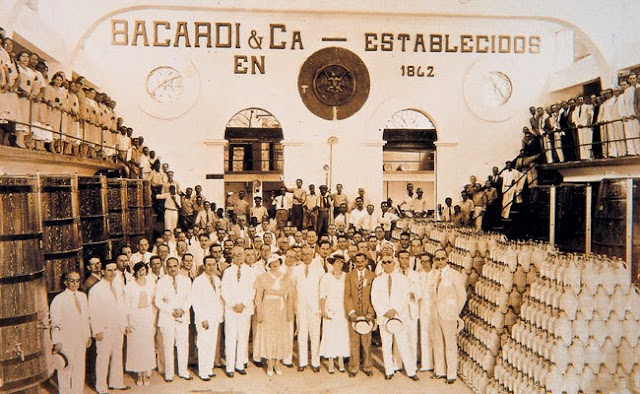Port is a fortified, full-bodied sweet red wine made by adding brandy to fermenting wine. The high alcohol content of brandy causes fermentation to stop, killing all yeast activity, and therefore sugar is no longer converted into alcohol. Brandy also raises the final alcohol level of the wine. The result is a sweet wine in perfect balance with the alcohol content, usually in the 18-20% alcohol by volume range with 100 g/L or more of residual sugar.
Port, also known as porto, derives its name from the Portuguese city of Oporto, in the Douro Valley, where it originated more than three centuries ago.


Port is produced from a blend of many different dark-skinned grape varieties, up to 20 or more, often harvested from multiple vineyards, each imparting a different characteristic to the final wine. Dark-skinned grapes are used to give port its deep colour. Among these varieties, Touriga Nacional and Tempranillo are the most popular.
STYLES of PORT
Various port styles exist depending on the oak-aging period, filtering and timing of bottling. The most popular port styles are ruby, tawny, vintage and late-bottled vintage (LBV).
Ruby port is a young, early-drinking port with fruity aromas and a deep ruby colour.
Tawny port has a predominantly oak character with less fruit than ruby port but greater aroma and taste complexities.
Late-bottled vintage (LBV) port is an early-drinking port vinified from grapes from a single vintage not worthy of making vintage port, and bottled 4-6 years following harvest with optional filtering. Filtered LBV port is popular with consumers because it is vintage style but does not require ageing or decanting.
White port;
Port, also known as porto, derives its name from the Portuguese city of Oporto, in the Douro Valley, where it originated more than three centuries ago.
The Douro Valley
Port is produced from a blend of many different dark-skinned grape varieties, up to 20 or more, often harvested from multiple vineyards, each imparting a different characteristic to the final wine. Dark-skinned grapes are used to give port its deep colour. Among these varieties, Touriga Nacional and Tempranillo are the most popular.
STYLES of PORT
Various port styles exist depending on the oak-aging period, filtering and timing of bottling. The most popular port styles are ruby, tawny, vintage and late-bottled vintage (LBV).
Ruby port is a young, early-drinking port with fruity aromas and a deep ruby colour.
Tawny port has a predominantly oak character with less fruit than ruby port but greater aroma and taste complexities.
Vintage port represents the apex of port quality and is unquestionably the choice of port aficionados. It is produced from a blend of the best grapes in a single vintage worthy of the highest quality rating. It is bottled without any filtering following a short two-year maturation period in oak casks, and can then be aged in the bottle for 10, 20, 30 or more years.
Late-bottled vintage (LBV) port is an early-drinking port vinified from grapes from a single vintage not worthy of making vintage port, and bottled 4-6 years following harvest with optional filtering. Filtered LBV port is popular with consumers because it is vintage style but does not require ageing or decanting.
White port;
Unless you live in a major market or an area with a Portuguese community, you will probably not have much selection in white. There are dry and sweet styles, and the Portuguese often use them as the base for spritzer-like drinks on ice in the summer. For the really sweet style, look for those labelled "Lagrima". There are some more serious white ports too, often with a year designation (like an aged tawny) or colheita types. A few years ago in Porto I had a glass of 1952 Dalva colheita which was very interesting, but this type of wine is expensive and rare.
Porto Flip
One of the most famous cocktails with port wine:
 |
| Porto Flip |
Ingredients
1 ½ oz Ruby Port
¾ oz Cream
¼ oz Brandy
½ tsp Powdered Sugar
1 pinch Nutmeg
1 Egg Yolk
All (less the nutmeg) shaken with ice and strained in to a Martini type cocktail, dusted with the nutmeg
Porto Flip Cocktail is among the delightfully refreshing and sophisticated drinks.
This magnificent cocktail is said to be invented somewhere in 1695.
In the same year, for the very first time, the word “Flip” was mentioned in the Oxford Dictionary due to which many people think that it might have been connected with Porto Flip Cocktail.
Is best served as a digestive therefore it is better to serve after dinner in order to help your digestion process. Enjoy your Porto Flip Cocktail and have a nice meal!



Comments
Post a Comment